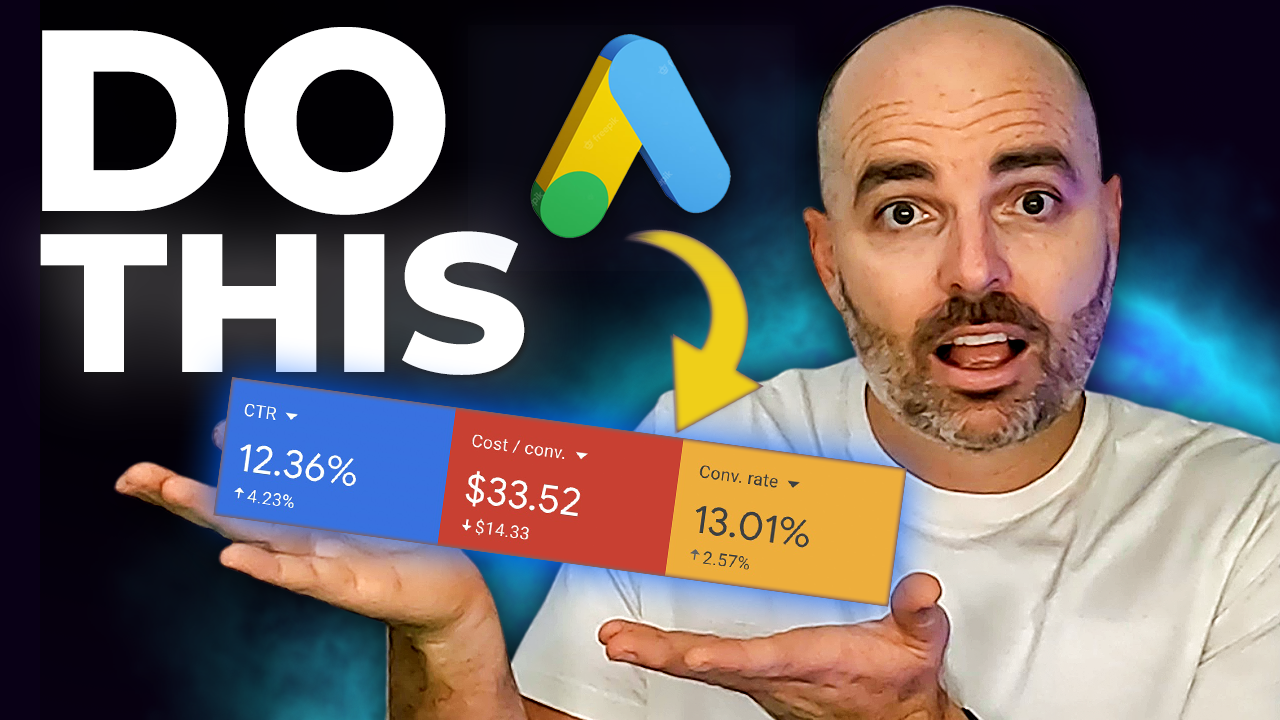
Dynamic Keyword Insertion in Google Ads: Role and Benefits
Feb 22, 2023Dynamic Keyword Insertion (DKI) is a feature in Google Ads that automatically places the keyword a user searched for right into your ad headline. This makes your ad feel more personal and relevant, which can lead to more clicks and better results. Even though DKI has been around for years, it remains an important tool in 2025 because it helps your ads adapt quickly to changing search trends and user behaviour.
How Dynamic Keyword Insertion Works Today
DKI works by using a simple piece of code in your ad copy. You set up your ad with a placeholder, such as {KeyWord:Default Text}, and when a user’s search triggers your ad, Google replaces that placeholder with the exact keyword they used.
For example, if someone searches for "Noosa Beachfront Hotels" and your ad group includes that phrase, the ad could automatically display “Book Noosa Beachfront Hotels” as the headline. This process happens instantly and makes your ad look directly tailored to what the user is searching for, boosting the likelihood they’ll click on it.

Key Benefits of Using DKI in Modern Campaigns
Using Dynamic Keyword Insertion today offers clear advantages for your Google Ads campaigns. Here are the main benefits:
- Improved Click-Through Rates (CTR): Ads that include the exact keyword a user searched for feel more relevant, which naturally encourages more clicks.
- Enhanced Quality Score: When your ad copy closely matches the user's query, Google rewards you with a higher quality score. This often leads to better ad placements and lower costs.
- Personalised User Experience: DKI tailors your ad messaging on the fly, making each ad feel custom-made for the user, which builds trust and increases engagement.
- Increased Conversions: With higher relevance and better quality scores, your ads are more likely to convert, delivering a better return on your advertising investment.
Best Practices and Common Pitfalls
While DKI can boost your campaign performance, using it correctly is essential. Follow these best practices and avoid common pitfalls:
Best Practices
- Use Specific, Relevant Keywords: Create tightly themed ad groups. This ensures that the inserted keyword is highly relevant to both your ad and your landing page.
- Set Clear Default Text: Always provide a meaningful default text (e.g., "Book Your Stay") in the placeholder. This ensures your ad still looks good even if the keyword can’t be inserted.
- Keep an Eye on Character Limits: Remember that Google Ads has strict character limits. Test your ads to make sure the dynamic text fits properly and doesn’t get cut off.
- Monitor Performance Regularly: Use A/B testing to compare ads with and without DKI. This helps you see what’s working and adjust your strategy based on real data.
Common Pitfalls
- Irrelevant Keywords: Avoid adding keywords that don’t match your ad’s message. This can confuse users and lower your quality score.
- Broad Match Issues: Using broad match keywords with DKI may insert terms that aren’t ideal for your ad. Stick to specific keywords to maintain relevancy.
- Technical Mistakes: Simple errors in the DKI code (like wrong punctuation or syntax) can lead to broken ads. Double-check your setup to avoid these issues.
Adapting to Modern Trends: AI, Automation, and Dynamic Customisation
As digital advertising continues to evolve, so does the way we use Dynamic Keyword Insertion. Today, artificial intelligence (AI) and automation are helping marketers take DKI to the next level. These technologies not only optimize which keywords are inserted, but also adjust ad copy in real time based on user behavior and campaign performance. This means your ads can become even more personalised and effective.
Modern tools - such as Optmyzr - now offer dynamic ad customisation, where AI analyses search trends and adjusts your ad copy to better match your audience’s intent. Some key trends include:
- AI-Driven Keyword Optimisation: AI can suggest which keywords are most likely to boost performance, ensuring that the inserted terms resonate with the user.
- Automated Testing and Adjustments: Automation tools monitor ad performance continuously. They make real-time adjustments to your DKI settings, so you always deliver the most relevant ad copy without manual intervention.
- Enhanced Personalisation: With dynamic customization, ads can incorporate not just the search term, but also user-specific data such as location, time of day, or even previous interactions. This further tailors the user experience and can lead to higher engagement.
By staying current with these trends, you can harness the power of DKI in ways that go beyond simple keyword insertion.
👉The Future of Google Ads: Adapting to AI and Automation
Example 1: Automated Testing and Adjustments in Travel Ads
Consider a travel agency running multiple ad variations. The agency uses automation tools to track which keyword variations perform best. For example, if the ad variant with the keyword “cheap flights to Paris” outperforms one with “flights to Paris,” the system automatically shifts the budget and tweaks the ad copy to emphasize the winning phrase. This ongoing, real-time optimisation helps the travel agency maintain high ad performance without needing manual intervention on a daily basis.
Example 2: Dynamic Customisation for Local Businesses
A local restaurant chain might use dynamic customization to tailor ads based on the user’s location. Suppose someone searches for “best pizza near me.” With dynamic customization, the ad can automatically insert the restaurant’s name and address into the headline. This makes the ad instantly relevant, as it directly answers the searcher’s query with local information, driving higher engagement and foot traffic to the restaurant.
Key Takeaways
Personalisation Drives Engagement: Ads that reflect the exact search term make your message more relevant, leading to higher engagement.
Quality Matters: Using DKI correctly enhances your quality score and ad position, lowering your cost per click.
Stay Updated: Modern trends such as AI-driven optimization and dynamic customization are pushing the boundaries of what DKI can do.
